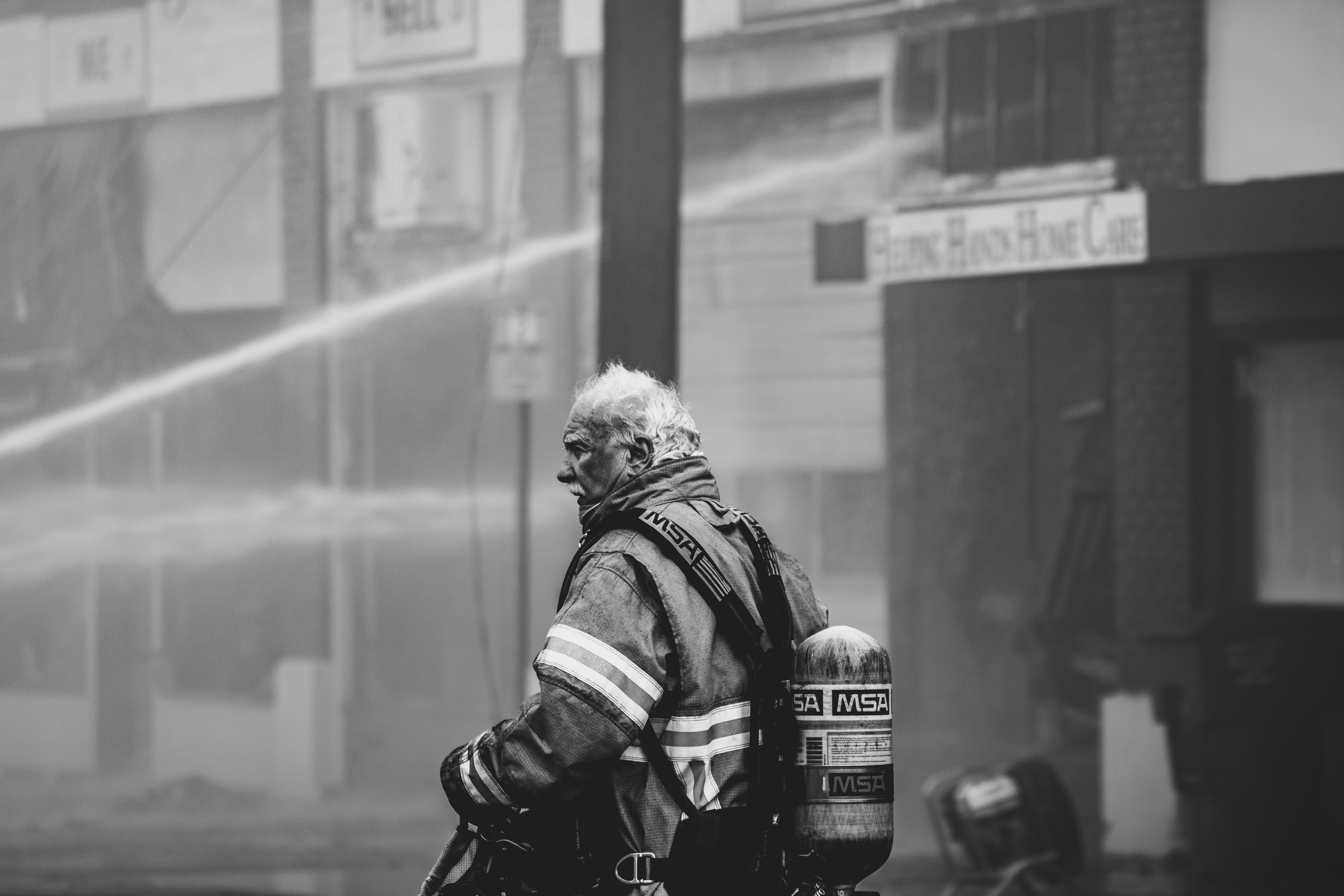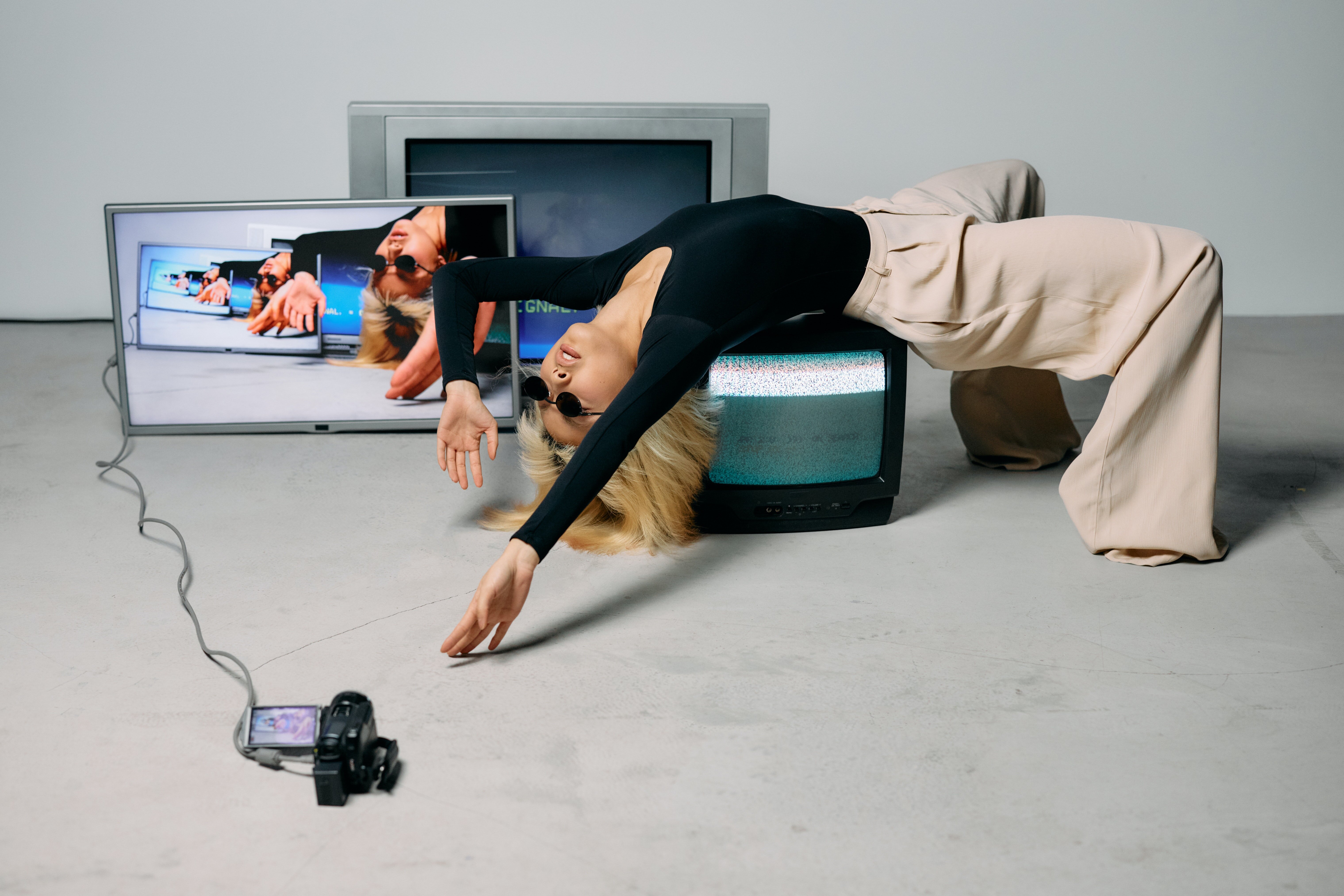Table of Contents
Photojournalism and editorial photography are often used interchangeably, but there's a distinct difference. The former captures images to report news or events, while editorial photography is a series of images that tell a story. This article will dive deep into the world of editorial photography.

What is Editorial Photography?
Editorial photography, as the term suggests, is a style of imagery that's primarily used in the context of print publications like newspapers, magazines, and books. These images are generally combined with words to enhance the storytelling aspect and provide a more comprehensive understanding of the subject matter. The photographs serve to illustrate the written content, but they also hold their own as standalone pieces of art.
Editorial photographs are not merely decorative. They are intended to provoke thought and stimulate conversation. They are the visual equivalent of an op-ed piece, offering a point of view rather than just a straightforward report of the facts. Contrary to commercial shots, editorial photographs are not designed to sell a product or service directly. Instead, they subtly influence the audience's perception and emotions, leading to a deeper engagement with the story being told.
In essence, editorial photography is a powerful tool that combines artistry with a narrative purpose. It’s an area of photography that demands creativity, technical expertise, and a keen understanding of storytelling.

How to Get Started with Editorial Photography
Getting started with editorial photography requires more than just a knack for capturing beautiful images. It needs a deep understanding of narrative techniques, a keen eye for detail, and the ability to create compelling compositions that can tell a story. Here's how you can begin your journey in the world of editorial photography.
Firstly, familiarize yourself with the medium. Consuming a vast amount of editorial content can give you insights into the techniques and styles that resonate with you. Analyze the work of established editorial photographers, taking note of their composition, lighting, and the way they weave a narrative through their images.
Next, invest in the right equipment. While a high-quality camera is a must, also consider other tools like lighting equipment, lenses, and editing software. Remember, your equipment is a means to an end - the goal is to tell a compelling story, not just to create technically perfect images.
Lastly, build a portfolio. This is a collection of your best work, which showcases your unique style and storytelling abilities. A portfolio is essential when approaching publications or clients, as it gives them a clear picture of your capabilities.
The Role of Editorial Photography in Visual Storytelling
Editorial photography plays a significant role in visual storytelling. It's not just about capturing a single decisive moment; it's about creating a series of images that, when viewed collectively, tell a compelling and cohesive story. Every frame serves a purpose and contributes to the narrative, much like a chapter in a book.
Editorial photographs provide a visual context that enhances the written content. They can add depth to a story, evoke emotions, and engage the audience in a way that words alone cannot. By painting a vivid picture, they allow the audience to visualize the narrative, making the story more relatable and memorable.
Furthermore, editorial photography can serve as a powerful tool for social commentary and advocacy. Through their images, editorial photographers can shed light on important issues, stimulate thought and discussion, and even influence public opinion. In this way, editorial photography extends beyond mere storytelling – it can also be a medium for change.
Importance of Portfoliobox in Editorial Photography
For editorial photographers, a digital portfolio is a must-have. This is where Portfoliobox comes in. Portfoliobox is an online portfolio builder designed specifically for creatives. It provides a platform where photographers can showcase their work professionally and attract potential clients.
The importance of Portfoliobox in editorial photography cannot be overstated. Firstly, it provides a platform for photographers to showcase their best work. This is crucial in attracting potential clients and establishing a professional brand.
Moreover, Portfoliobox also allows photographers to organize their work into different categories or projects, making it easier for visitors to navigate and appreciate their portfolio. The platform's focus on visuals, combined with its clean, minimalist design, ensures that the photographs are the star of the show.
Lastly, Portfoliobox also offers features that can help photographers increase their visibility online. These include SEO tools, social media integration, and a blog feature that can be used to share behind-the-scenes stories or insights about the editorial photography process.

Tips for Successful Editorial Photography
Successful editorial photography is not just about technical proficiency. It requires a combination of storytelling skills, creativity, and a unique perspective. Here are some tips that can help you succeed in this field.
First, understand the story. Before you start shooting, make sure you have a clear understanding of the narrative you are trying to tell. This will guide your choice of subjects, locations, and compositions.
Second, develop a unique style. This is what sets you apart from other photographers and makes your work recognizable. Experiment with different techniques, compositions, and post-processing styles until you find something that resonates with you.
Lastly, always keep learning. The field of editorial photography is constantly evolving, with new trends and techniques emerging all the time. Staying up-to-date with these changes can help you stay relevant and competitive.
Practical Steps on How to Take Editorial Photos
Taking editorial photos involves more than just pointing and shooting. It requires careful planning, creative thinking, and a keen eye for detail. Here are some practical steps to guide you.
Firstly, research your subject. Understand the context, history, and significance of your subject matter. This will inform your approach and help you capture images that accurately represent the story.
Next, plan your shoot. This includes scouting locations, preparing your equipment, and creating a shot list. A well-planned shoot can save you time and help you achieve the results you want.
Lastly, edit your images. Post-processing is an essential step in creating impactful editorial images. This is where you fine-tune your photos, adjust colors and lighting, and create a consistent look and feel across your series.
Conclusion
Editorial photography is a powerful form of visual storytelling. It combines artistic expression with narrative purpose, creating images that not only complement written content but also stand alone as pieces of art. Whether you’re a seasoned professional or an aspiring photographer, understanding the principles of editorial photography can enrich your work and open new avenues for creative expression.












